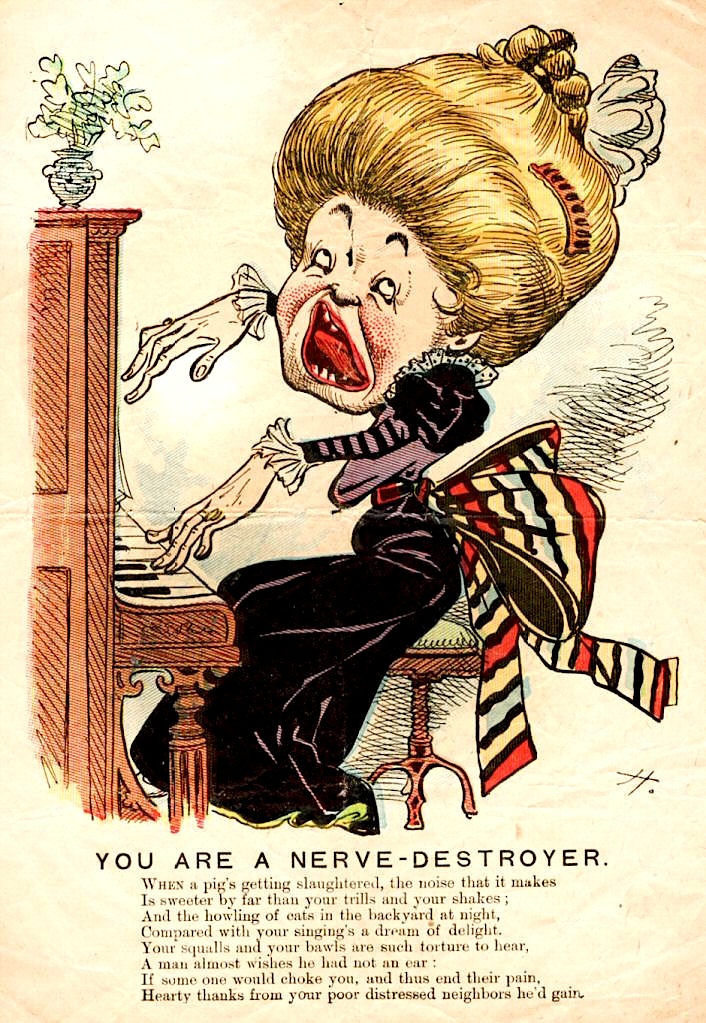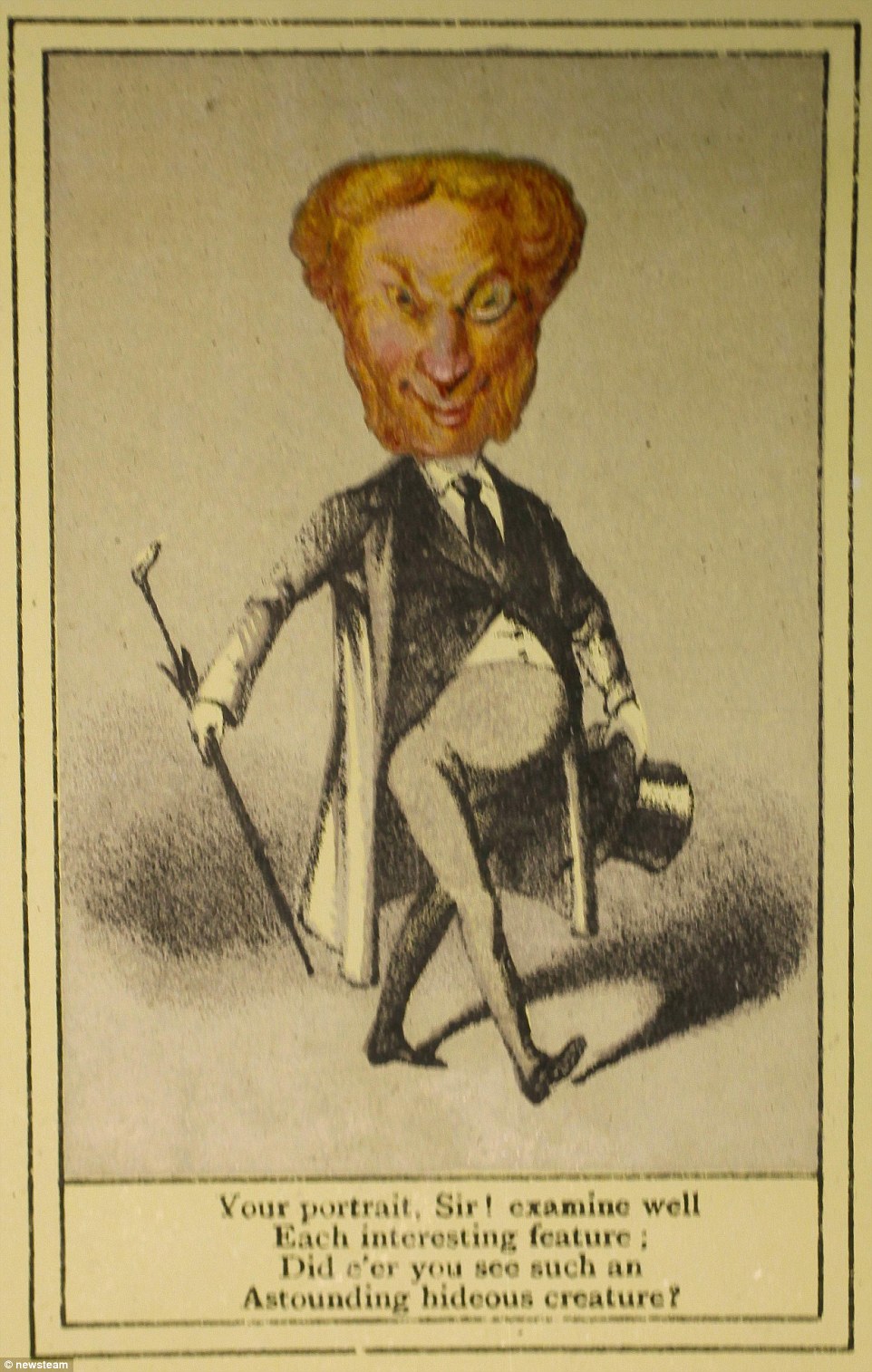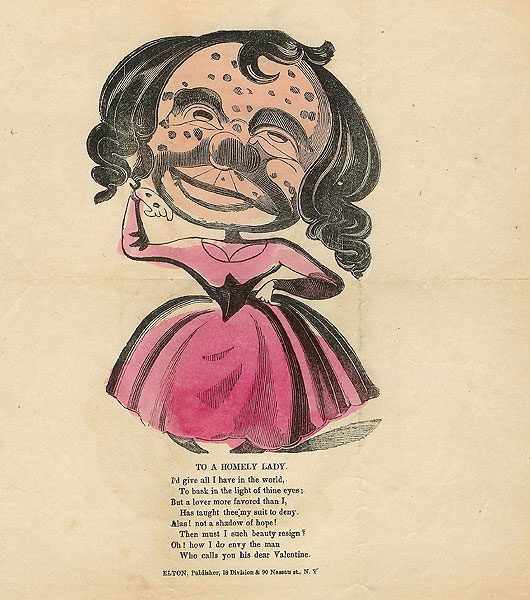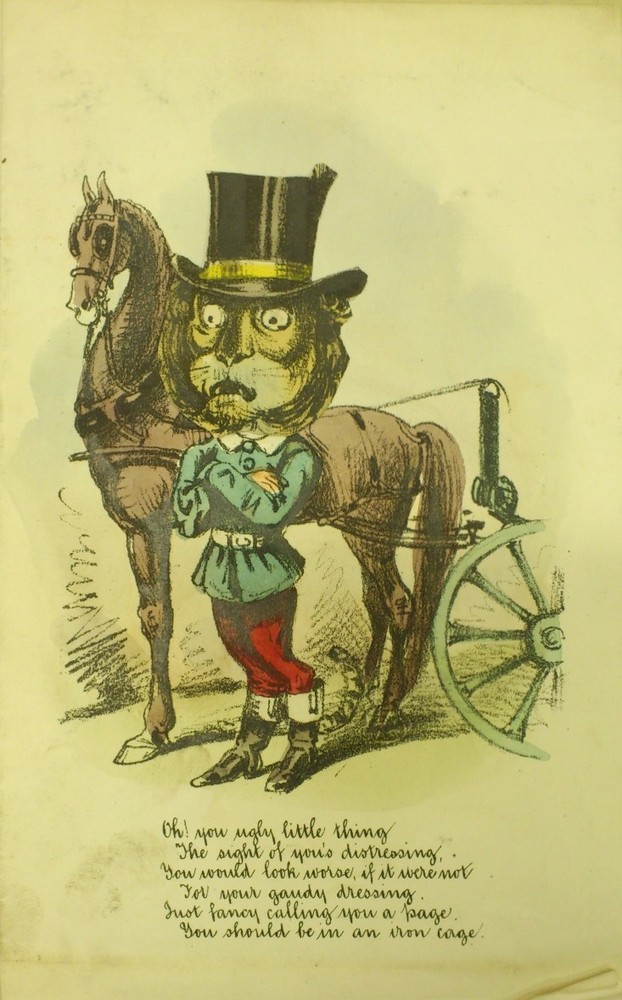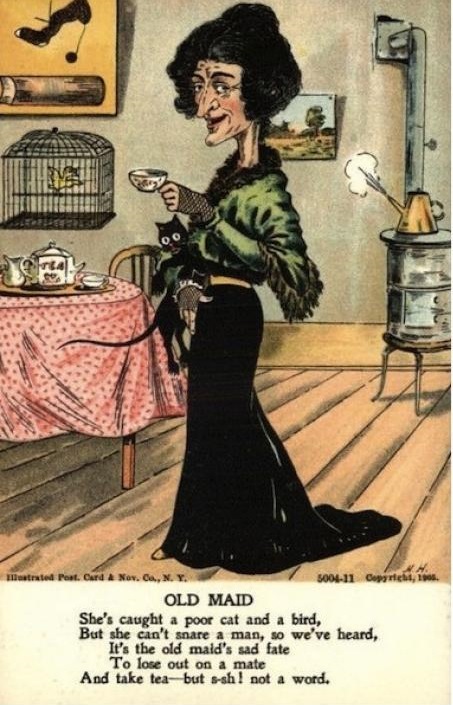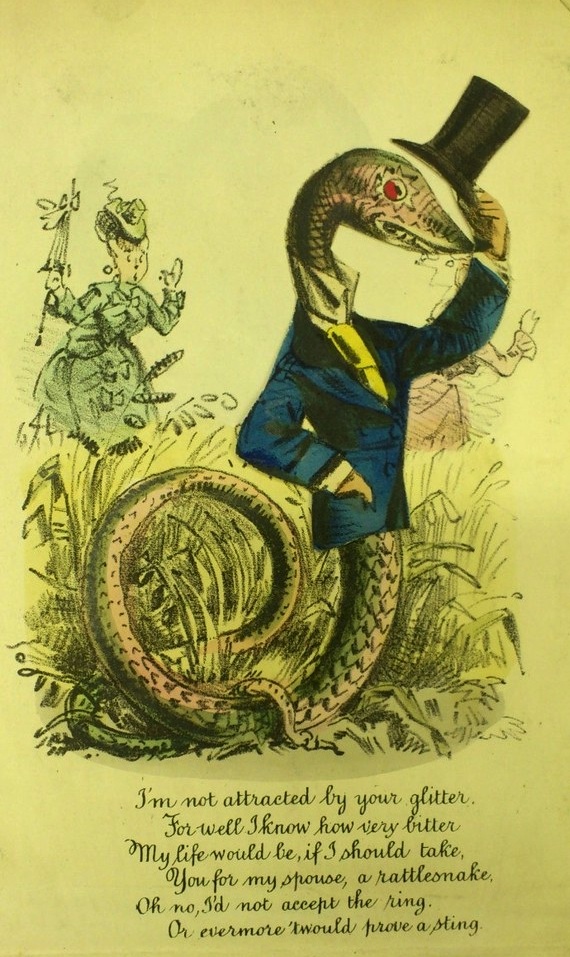From Lupercalia, where young men whipped eager women in the streets of ancient Rome, to St. Valentine’s secret weddings.
Valentine's Day wasn't always about cupids and hearts — or even love.
Valentine’s Day is much more than just conversation hearts, boxes of chocolates, flowers and cards. There are some downright outlandish origins to this holiday.
After the flagellation ceremony, men would draw women’s names from an urn — and that would be their sexual partner for the year.
Valentine’s Day dates back to a couple of Roman festivals.
The Romans celebrated two ritual festivals that formed the foundation for the holiday we know as Valentine’s Day. Februalia was a purification rite, which occurred on February 14 and gave the month of February its name. It was later combined with Lupercalia, which took place on February 15.
Valentine’s Day as we know it began with an unusual Roman fertility rite.
“The crazed men, nude save for a goatskin loincloth, would take the hides of slain animals cut into strips and flagellate the women of the village in hopes of bestowing fertility.”
This someecard points out just how strange Lupercalia was.
Lupercalia involved some bizarre practices, including beating women with animal pelts.
For this affair, young Roman men would congregate in the Lupercal, the sacred cave in the mountains where Romulus and Remus, the twins who suckled the she-wolf Lupa, were supposedly reared. Romulus would later found Rome and sacrifice Remus, but that’s another story.
The Luperci, the Brotherhood of the Wolf, would sacrifice a dog for purity and a goat for fertility.
Ancient Romans believed being whipped by blood-soaked animal skins would help you get knocked up.
The crazed men, nude save for a goatskin loincloth, would take the hides of the slain animals that had been cut into strips and flagellate the women of the village in hopes of bestowing fertility.
Saint Valentine has become the patron saint of love.
Valentine was also the patron saint of epileptics.
Saint Valentine performed secret marriages when the institution was outlawed.
In this painting by David Teniers III, Valentine receives a rosary from the Virgin Mary.
During the 3rd century CE, Roman Emperor Claudius II, wanting to increase the size and strength of his military empire, saw marriage as an obstacle. He believed that men were unwilling to fight due to their strong attachment to their wives and families. In an effort to circumvent this, he forbade all future marriages and engagements.
Whether Valentine was a bishop or priest has been lost to history, but he began performing clandestine ceremonies. He was soon discovered and imprisoned for his betrayal.
His legend is associated with having sent a note to his jailer’s daughter on the eve of his execution, signed, “From Your Valentine.” No historical evidence exists to back the authenticity of this story, though.
Valentine was beheaded, died a martyr and in death was elevated to the patron saint of love.
The skull of Saint Valentine resides in the Basilica of Santa Maria in Cosmedin in Rome, Italy.
Pope Gelasius I used an ingenious sleight of hand, merging the pagan Lupercalia with the feast of Saint Valentine into a single holiday celebrated on February 14.
The Cadbury boys found a way to extract a delicious byproduct of cocoa — what we know know and love as chocolate.
Cadbury created the first chocolate candies — and the first heart-shaped box of chocolates.
One of the first heart-shaped box of chocolates
In 1824, John Cadbury, an English proprietor and founder of the Cadbury candy empire, opened a tea and coffee shop in Bournville, Birmingham, England. His shop also sold drinking chocolate, which he prepared using a mortar and pestle. This was a luxury item even among the upper class. The resulting beverage was coarse and grainy but popular.
A vintage ad for Cadbury chocolate
Cadbury’s sons Richard and George visited the Van Houten factory in Amsterdam, the Netherlands, which specialized in the manufacture of cocoa powder. The brothers integrated this method into their manufacturing facility. The process allowed them to extract pure cocoa butter from pressing cocoa beans and adding sugar, reducing its bitter taste. Cadbury used this byproduct to produce several varieties of “eating chocolates.”
The retail division of the business was passed on to Richard in 1861, who recognized a great marketing opportunity and revolutionized sales by packaging Cadbury chocolates in the world’s first heart-shaped box for Valentine’s Day. The box could be kept and used to store mementos after the chocolates had been eaten.
Victorians began the tradition of sending valentines — some of which were downright cruel.
Do you remember making a mailbox to hold your cards and exchanging valentines with your classmates in elementary school, or perhaps receiving a pink or red carnation in high school? I did accrue a fair amount of cards through my formative years, though I do remember wishing I would get a carnation from a secret admirer.
Valentines pre-date Hallmark and were the preferred token to celebrate romantic love by the prudish 19th century Victorians in England. The first mass-market cards were introduced then, and the penny post made it possible to send them easily and inexpensively.
Plus, you could send notes anonymously, something the Victorians prized. This allowed them not only to exchange serious or humorous cards but downright mean-spirited ones as well, aptly called vinegar valentines.
“Senders would use the anonymity of the card to comment on the inappropriate behavior of a couple or the distasteful political views of a feminist friend,” Slate writes. “Women seemed to be the targets of many of the surviving examples, but balding men, pretentious artists and poets, and smelly fat guys made appearances as well.”
So the next time you send a valentine to a loved one, think about how whipped women, a beheaded saint and mean, anonymous cards are all part of this holiday. –Duke

